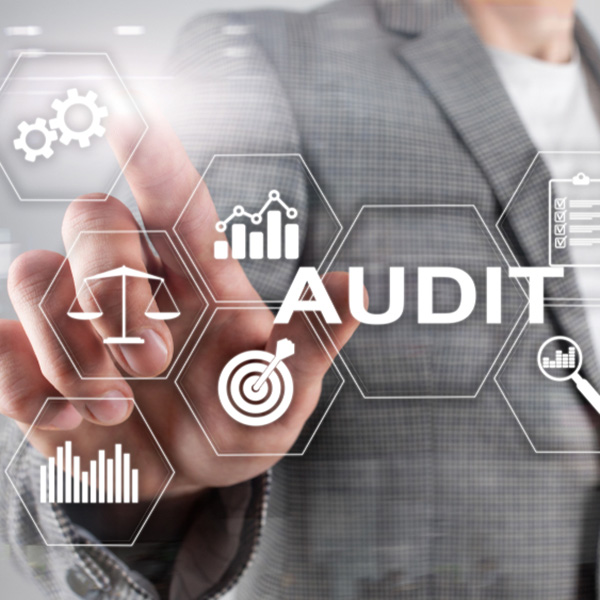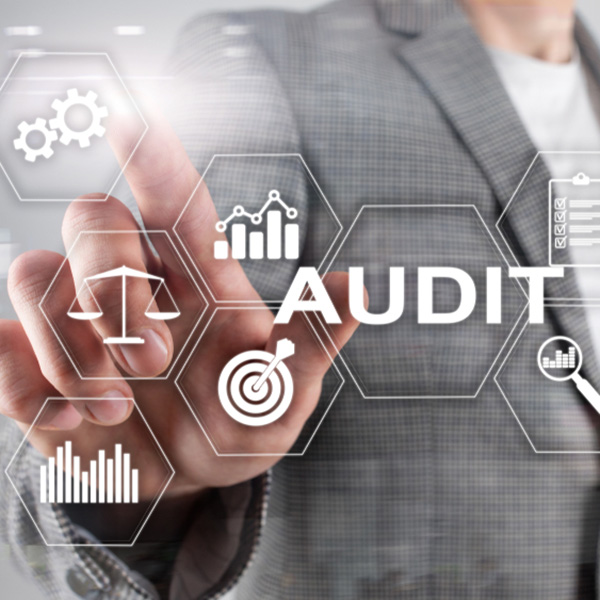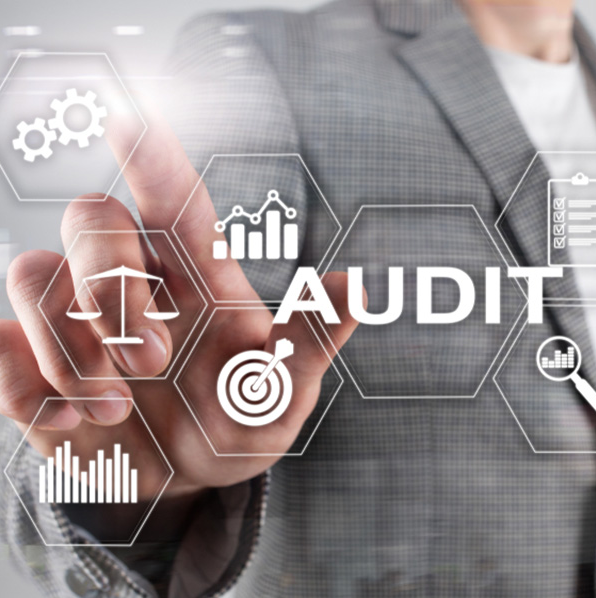كود الدورة:
ARC005
Objectives
- Understanding the role of the Internal Audit Department
- The function of the Internal Auditor
- Identify types of audit evidence needed to verify conformance to requirements
- Use checklists and other working papers
- Conduct a desk audit
- Collect audit evidence
- Write nonconformity statements
- Report results of the audit
- Follow-up and verify actions taken
Who Should Attend?
- Board members, especially risk and audit committee chairs and members
- Chief Risk Officers
- Heads of market, credit, and operational risk
- Head of Risk Management
- Chief Compliance Officers
- Chief Audit Officers
- Chief Financial Officers
- Treasurers
- Auditors (External & Internal)
- Bank regulators and examiners
- Risk management consultants
Program Outlines
The Institute of Internal Auditors defines Risk Based Internal Auditing (RBIA) as a methodology that links internal auditing to an organization’s overall risk management framework. RBIA allows internal audit to provide assurance to the board that risk management processes are managed effectively and appropriately to the risk appetite.
- The role and position of the Chief Internal Auditor
- The Chief Internal Auditor’s role in meeting Professional Standards documentation
- Audit Planning, the Audit Universe and other Critical information
- The Changing shapes of Internal Audit functions
- Traditional Approach versus Risk Based internal approach
- Stages of Risk Based Internal Auditing
- Measuring the effectiveness of Risk Based Internal Auditing
- The COSO risk management framework
- ERM – Enterprise Wide Risk Management
- Analyzing Risk Maturity
- RBIA in practice
- Model Process for Assessing & Evaluating Risks
- Risk Assessment Tools
- Analyzing Internal Audit Process
- Controlling risks assessed
- Conforming to governance requirements
- Complying with laws and regulations
- Implementing controls in business cycles
- Analyzing controls and suggesting improvements
- Audit Reporting
Program Outputs
- Have a sound understanding of Risk Based Internal Audit function and process and be able to differentiate it from a regular internal audit approach
- Gain the tools to set up and affectively measure the framework within your organization
- Understand the role of COSO and ERM in internal auditing
- You will improve your performance, profile and reputation as a Chief Internal Auditor.
- You will understand the challenges that new Chief Internal Auditors should expect and you will get practical guidance and real life examples of how to meet them head on.
- You will develop your skills to communicate better in the Boardroom or in key executive committee meetings, both verbally and through improved reports.
- You will learn to build a more receptive culture for internal audit.
- You will learn best practices for enhancing the performance, impact and credibility of your internal audit team.









.jpg)
